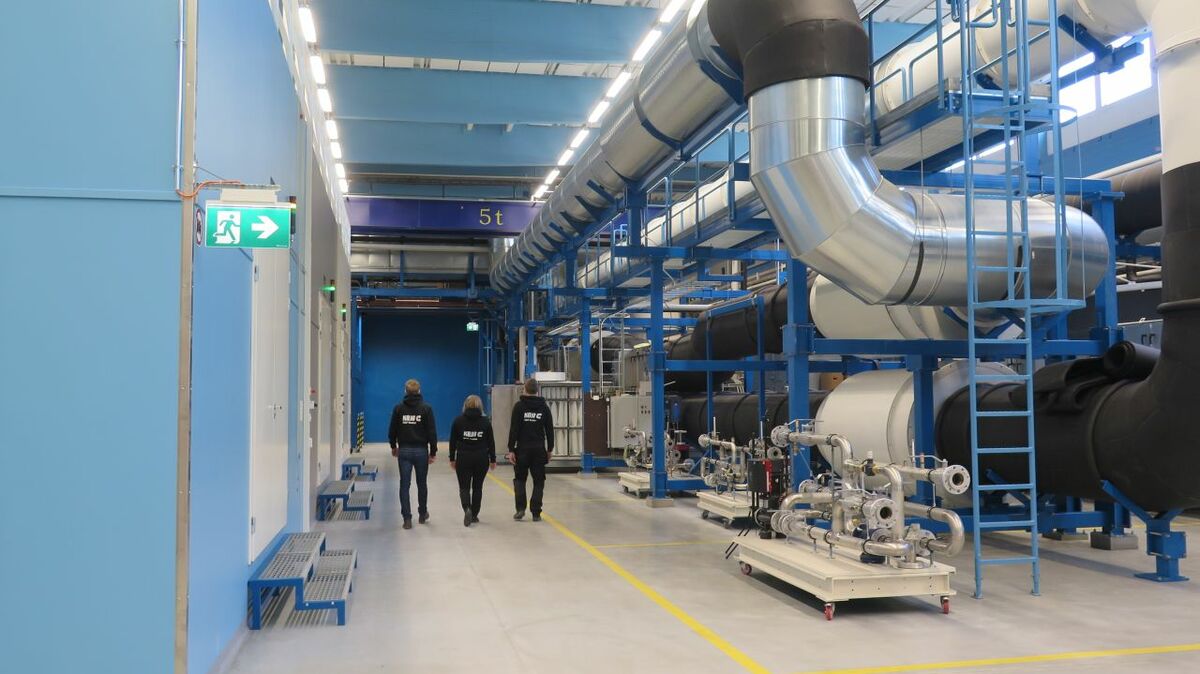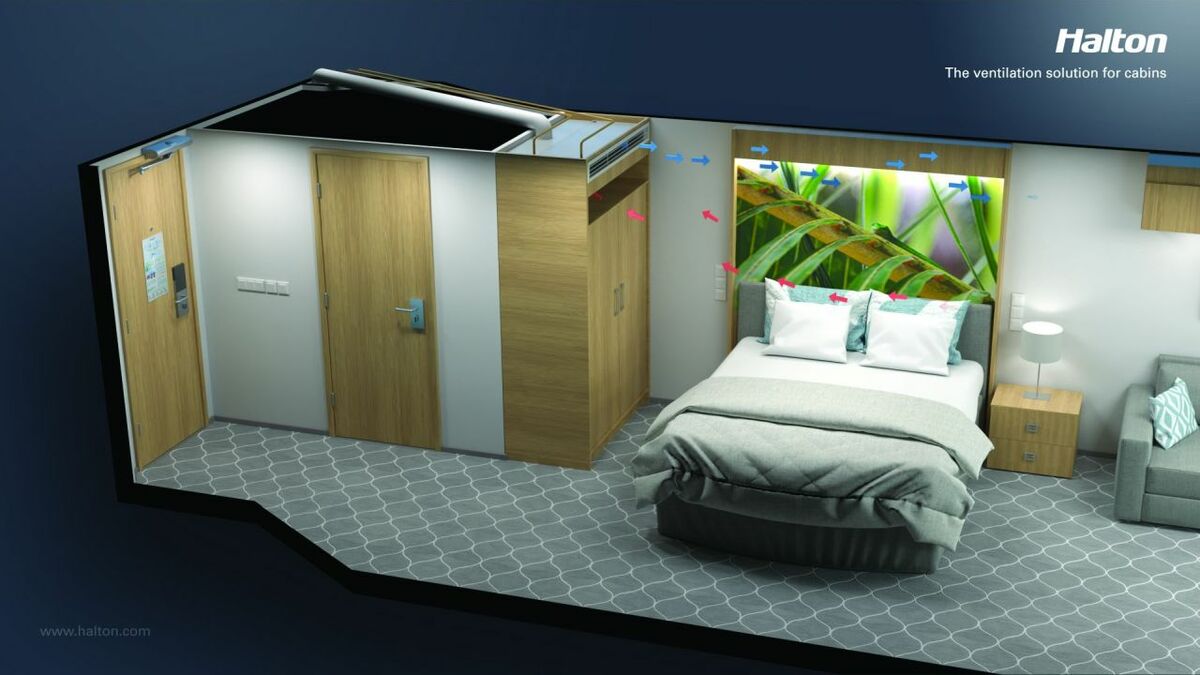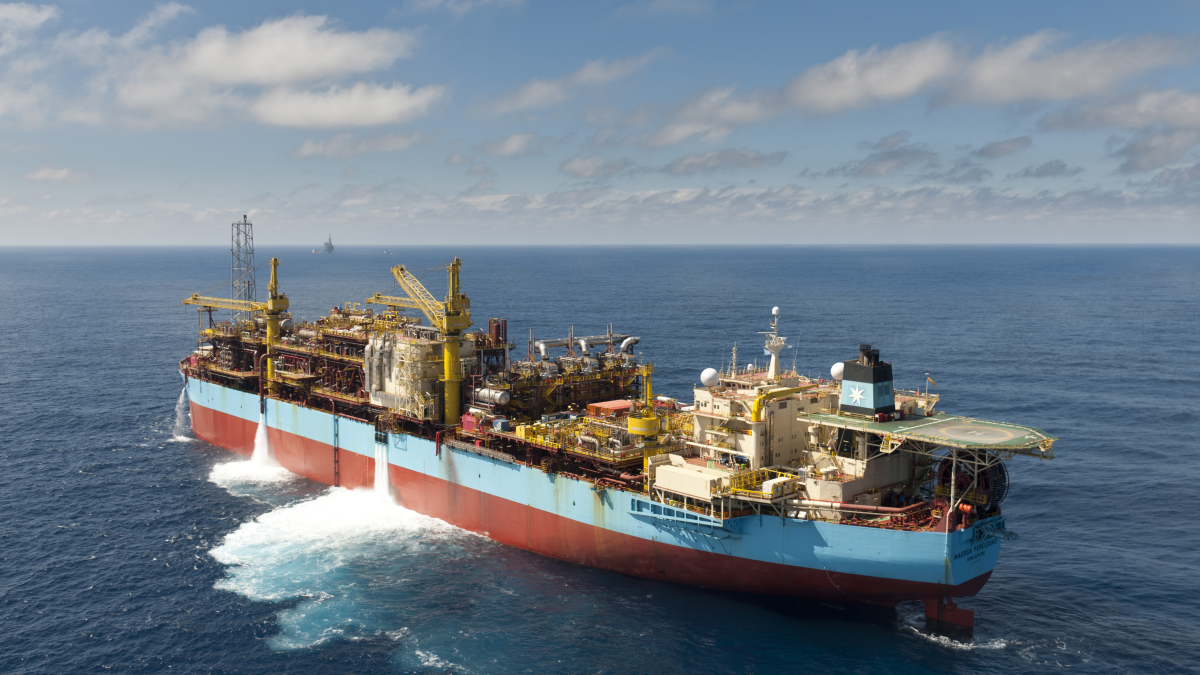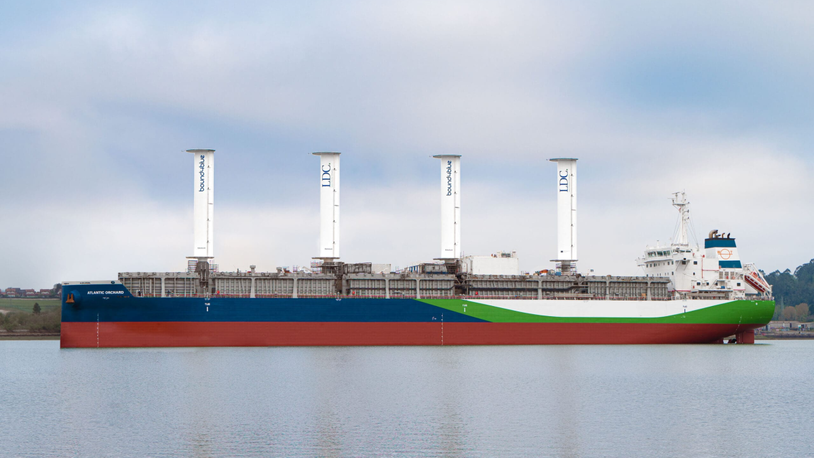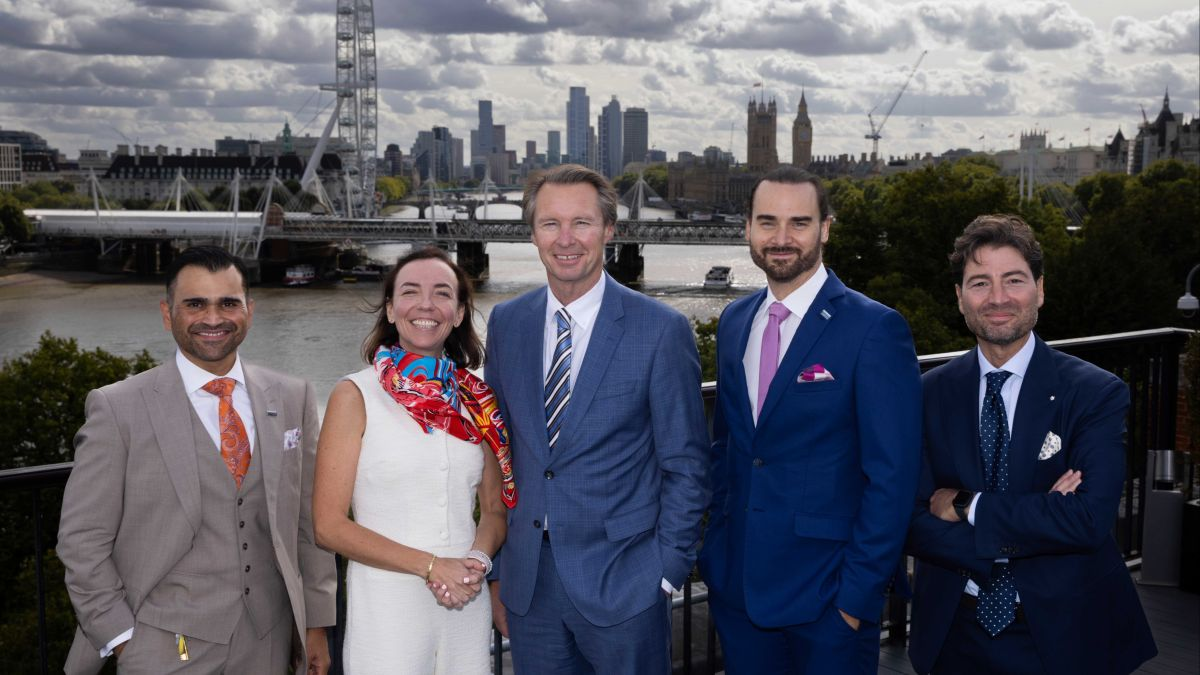Business Sectors
Contents
Boosting HVAC energy savings with benchmarking
Measuring HVAC savings ashore is ever-more important, while the passenger ship industry is benefiting from air ventilation developments
Monitoring and measuring the energy savings of HVAC systems has become increasingly important.
Trident Maritime Systems director energy management & marine conversions Magnus Hansson said “To increase and maintain energy upgrades, sending data shoreside so they can measure the energy savings of the HVAC system has been happening more and more over the past two years.”
He explains that Trident’s strategy is to upgrade and improve the energy efficiency of the whole HVAC plant on a cruise ship, “and then everything is measured to make sure it stays sustainable – all data is collected so it can be benchmarked.”
He points out “Energy meters do not save anything themselves, they just measure but they are very important to invest in for sustainability. They show the system is saving the energy it is meant to. It is increasingly important for shipowners and vendors to safeguard the investment over time. The main benefit is to make sure savings are not deteriorating over time and to catch any gaps and maintenance needs as soon as possible.”
Mr Hansson highlights how using data to measure energy efficiency shows clearly whether an upgrade has been beneficial. “If you can use the data to prove making an upgrade has been good, you can do more projects and create more energy savings.”
Upgrading HVAC systems
Trident has developed a survey app that can benchmark HVAC condition and compare ships in a fleet.
Hand-in-hand with benchmarking data is an increased focus on upgrading HVAC systems on existing cruise ships. Mr Hansson says “More and more big drydocks are happening. It is a consequence of adding cabins and changing areas to work as different areas and themes, for example, new restaurants. Newbuild cruise ships are pushing older ships to be upgraded and meet the same standards.
Trident’s energy upgrades save millions of kWh annually on the HVAC plant, equating to a lot of money saved; one million kilowatt hours is US$100,000 in savings @ US$0.10/kWh. Mr Hansson adds that in most existing ships, up to 50% of HVAC energy can be saved. This is significant as HVAC equates to about 30% of total energy consumption on cruise ships.
Koja Marine has a busy orderbook when it comes to developing HVAC systems for cruise ships. It is providing the HVAC system for Wonder of the Seas, the fifth in the Oasis-class series. Koja Marine started working with the Oasis-class 11 years ago, when the first ship was delivered.
“We developed the concept with the owner and shipyard. There have been a lot of developments and ideas since Oasis first launched 11 years ago,” says Koja Marine director Esko Nousiainen.
Koja is also providing the HVAC system to the latest Quantum-class ship, two Global-class ships and an Icon-class vessel.
Helsinki Shipyard’s two expedition vessels are also on Koja’s orderbook. Mr Nousiainen said “We are providing the whole system and electrification, automation and installation. They are very energy-efficient vessels and we have innovations to save space and energy.”
The company is also busy with ferry newbuild orders. It is providing the HVAC for both Wasaline’s ferry and Tallink Mystar at Rauma Marine Constructions. Mr Nousiainen says “We are providing, installing and automating the whole HVAC packages. Nowadays ferries are very energy efficient and we are using the same components, automation and package we deploy in cruise ships in ferries too.”
Koja Marine has several other developments in place. It is integrating its cabin automation system with entertainment systems. “This package includes everything possible and is very interesting for the shipowner. Passengers wish control everything in the cabin, from lights, curtain, television and social media by iPad or smart phone. The air conditioning integration is a small part of this,” Mr Nousiainen says.
Importance of R&D
The company established its R&D centre last year. Mr Nousiainen says “It is a tremendous help – we have designed a whole new series of air handling units and fan coils for [Royal Caribbean’s Icon-class] project at Turku and are now testing them at the R&D centre. Without this centre it would be impossible to do this job due to the tight schedule. We are testing them and starting deliveries in three to four months. Our extensive R&D centre has all kinds of testing facilities and can provide tailor-made solutions and our own production. The icing on the cake is that we provide all the automation as well.”
Halton Marine has developed a ventilation beam solution specifically designed for different types of ships and ferries. This solution improves energy efficiency and has lower running costs. A whitepaper released by Halton this year, The modern cabin ventilation onboard, explains how.
Halton Marine’s CaBeam is a combined ventilation device for cooling, heating and ventilation. It can be installed in various locations inside the cabin or room as an exposed, covered or integrated solution.
The whitepaper says “Halton CaBeam is an air/water system that utilises the heat transfer properties of water and is designed to use the dry cooling principle, operating with conditions where condensation is prevented by system design and controls. Structure and operation of the products is designed so that filtering of recirculated air is not needed.
“The sufficient amount of primary supply air enters the plenum of the chilled beam from where it is diffused into the cabin through nozzles or the supply grille. The supply air nozzle jets efficiently induce cabin air. The induced air flows through the heat exchanger where it is cooled. Heating can be either separated water circulation inside of the coil, integrated or an external electrical heater. Automation controls cooling water flow and heating based on the temperature requirement.”
Benefits include that the cooling energy is transported by water. Halton’s whitepaper says “Because water has much higher specific heat thermal capacity than air, the needed space for transferring energy is much smaller resulting in smaller ducting and air-handling units. The saved space can be used for other purposes such as an additional cabin or building technology.”
Additional benefits span:
- Lower maintenance needs with no filter to be changed.
- No fan maintenance.
- No electrical consumption of the fan.
- Easy-to-clean coils and surfaces.
- Dry cooling coil: no condensate collection system.
- Comfortable, stable cabin conditions with individual control of temperature and indoor air quality.
Also, lighting, speakers and other building technology equipment can be integrated in the beam and there are ultra-low sound levels compared to any other system.
Related to this Story
Events
International Bulk Shipping Conference 2025
Tankers 2030 Conference
Maritime Navigation Innovation Webinar Week
© 2024 Riviera Maritime Media Ltd.


